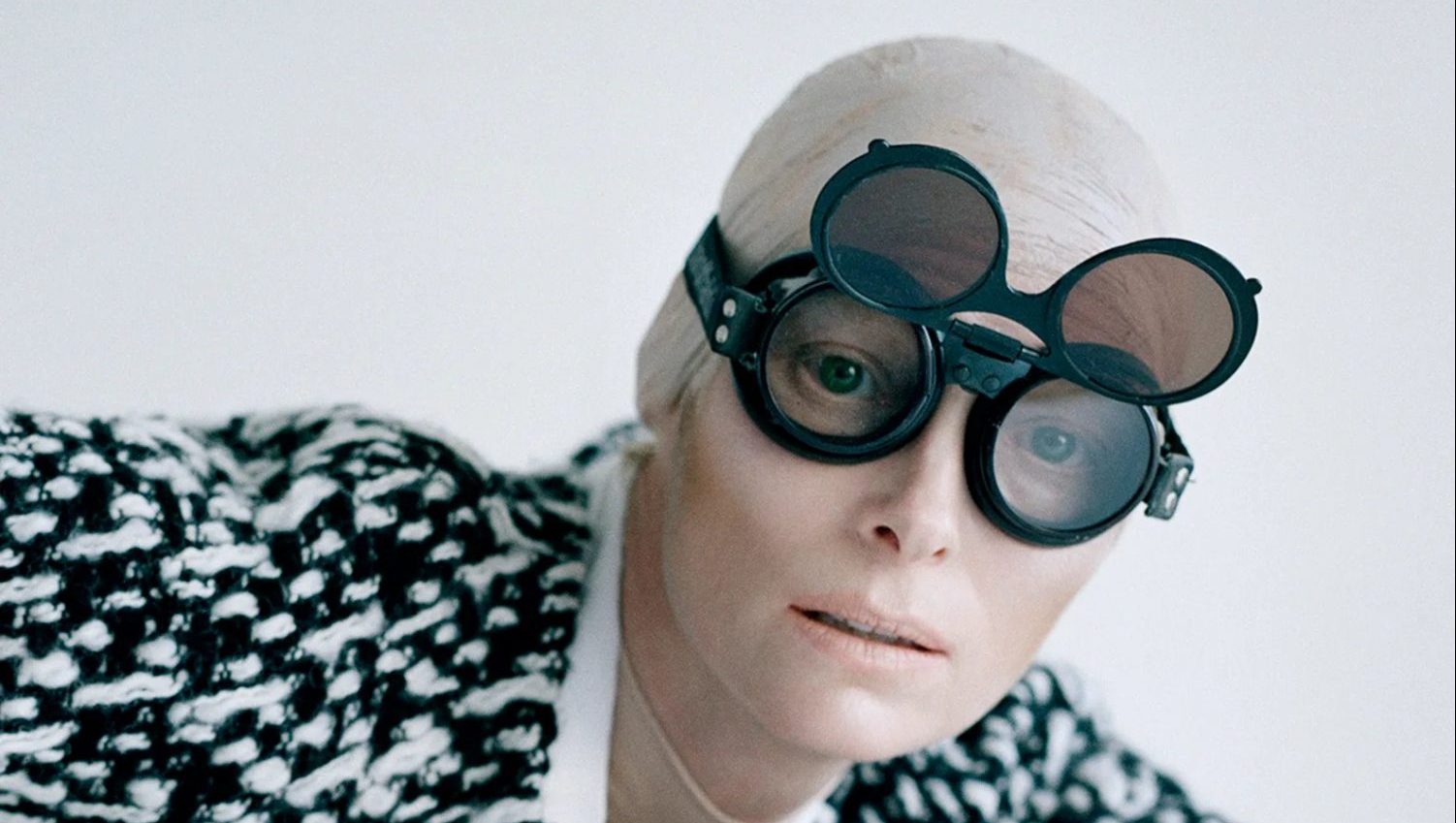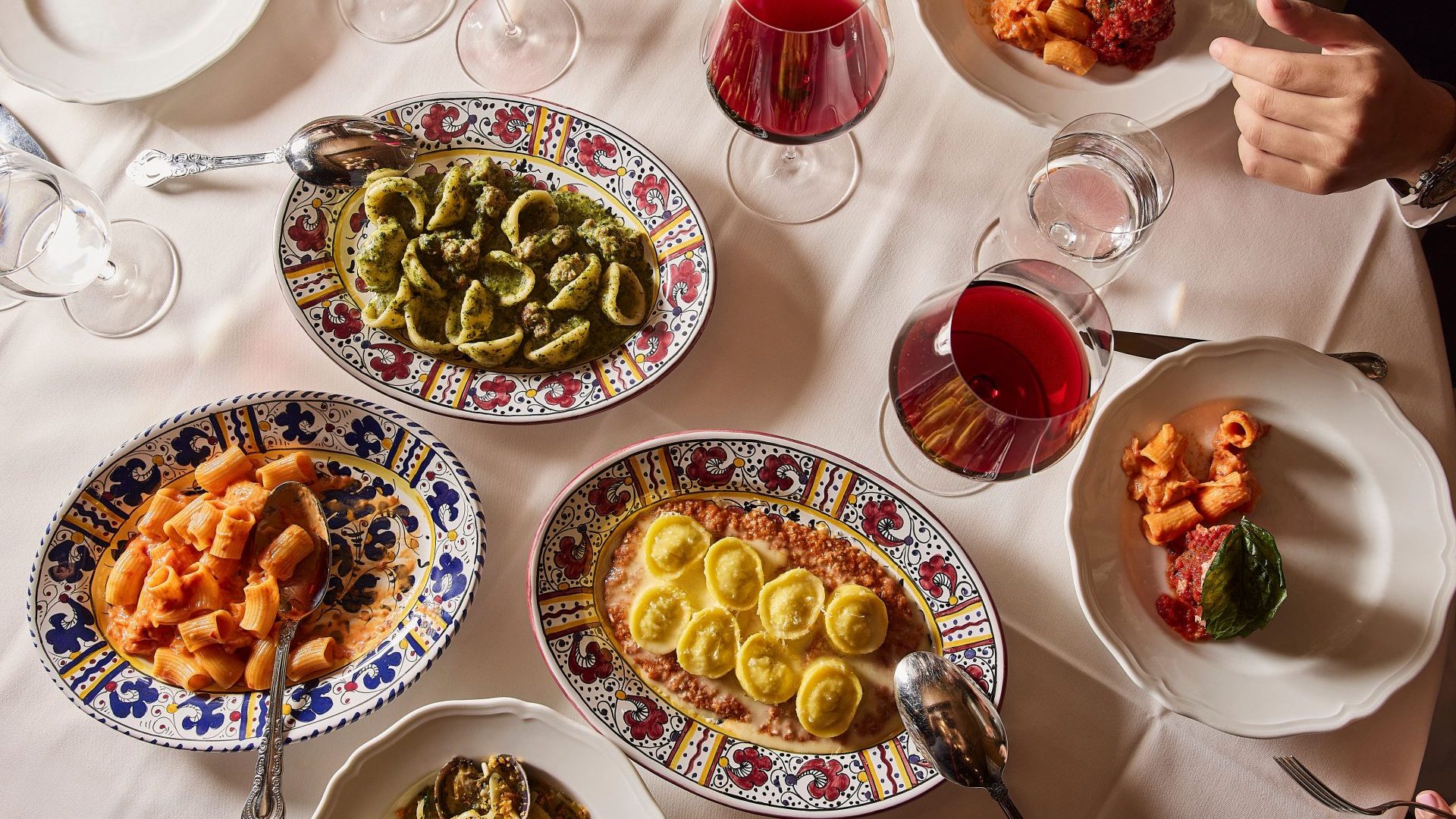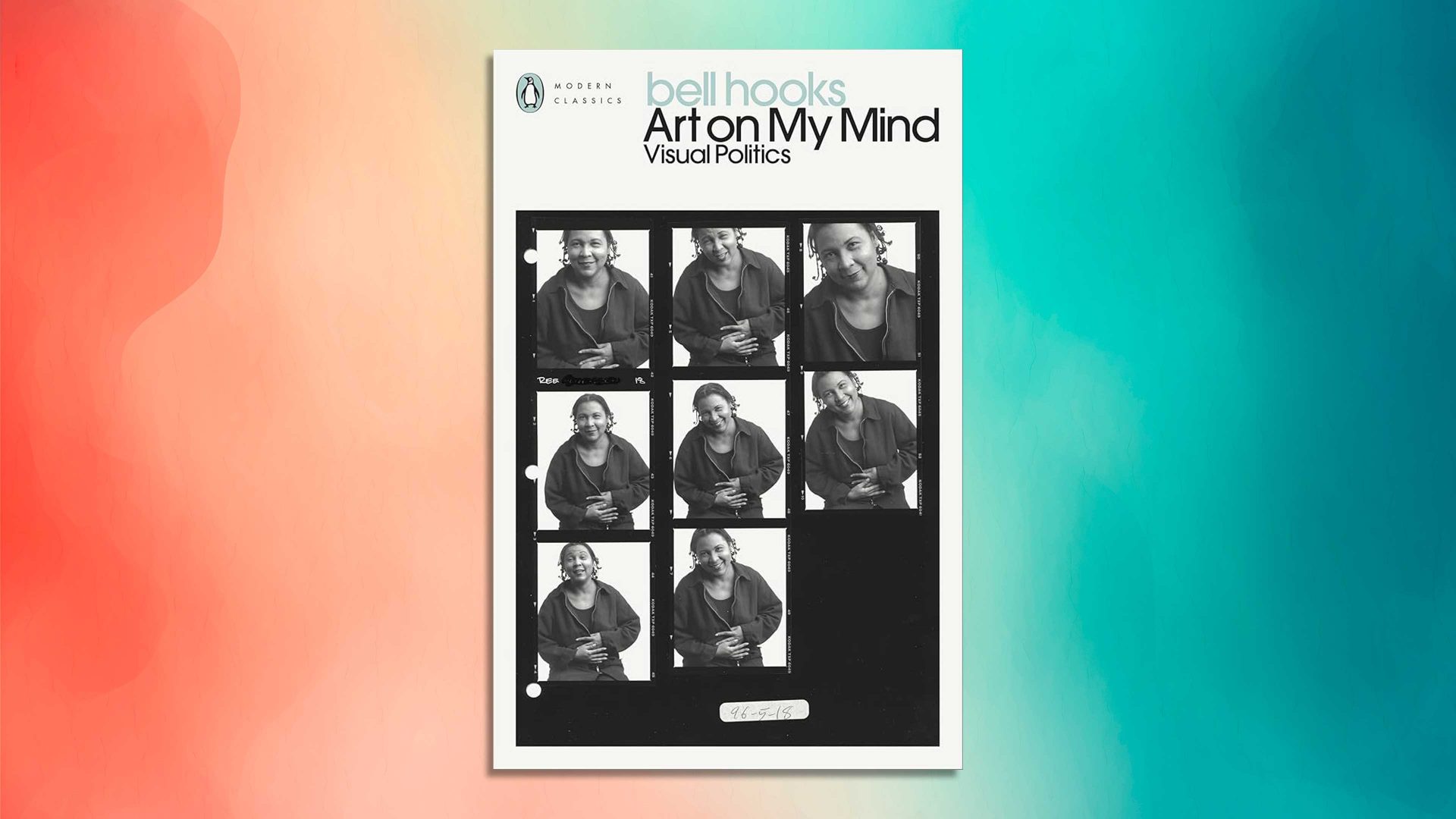Tilda Swinton’s show, titled Ongoing, at the Eye Filmmuseum in Amsterdam ranges wide and far – often quite a way beyond cinema. What else would you expect from an artist who has an ongoing performance project of sleeping in a glass box, duly on display here.
That performance, The Maybe, along with a reconstruction of her 1980s and early 90s apartment in London by her longtime friend, film-maker Joanna Hogg, are non-cinematic highlights in the exhibition. Though Swinton demurs, saying about the flat replica: “It’s one of the most cinematic places in the exhibition because it’s all about atmosphere and spirit.”
These projects evoke an era relatively near the start of Swinton’s career that has proved formative. Even now, ensconced in her home in the Scottish Highlands, she refers to her time in London as having been necessary. When she arrived after Cambridge, she told journalists, “I didn’t have a working practice as an artist. When I left it 14 years later, I did.”
Swinton conceived of The Maybe as the Aids epidemic was sweeping London. “I was 33 and I went to 43 funerals. And it occurred to me at that time that that wasn’t quite right.” Derek Jarman, her early collaborator who features at the start of the show, died in 1994, aged 52. Those who lived in the capital in the late 1980s, even if not as plugged into the queer scene as Swinton, will recall the grim atmosphere exemplified by the Thatcher government’s iceberg Aids awareness campaign, “Don’t Die of Ignorance”.
Stepping into the replica of her West London apartment, titled Flat 19, whisks you right back to that time. For me it was the beige carpeting, stile doors and single-pane sash windows that brought it all back. As well as the living room view of the back-alley bricks.
She was lucky, she said during questions, to have had a place of her own in London, to reflect and get back to herself. Nowadays in London, as in Amsterdam, this is beyond the reach of most people just starting out, she acknowledged. Though in 1980s London it wasn’t available to me and many of my cohort either, shedding some light, maybe, on Swinton’s early privilege.
Suggested Reading
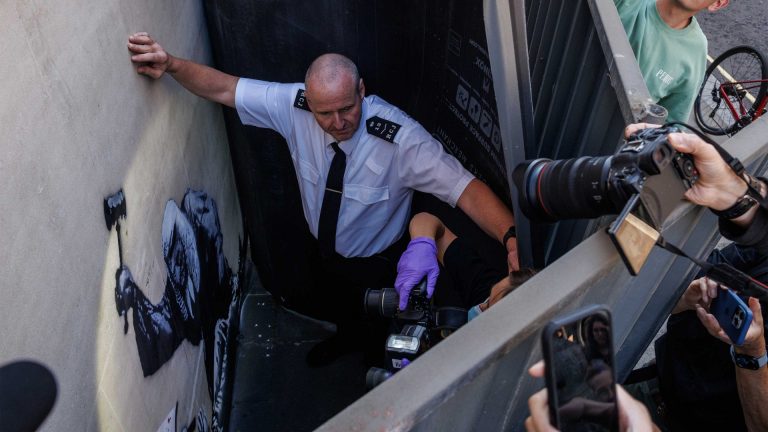
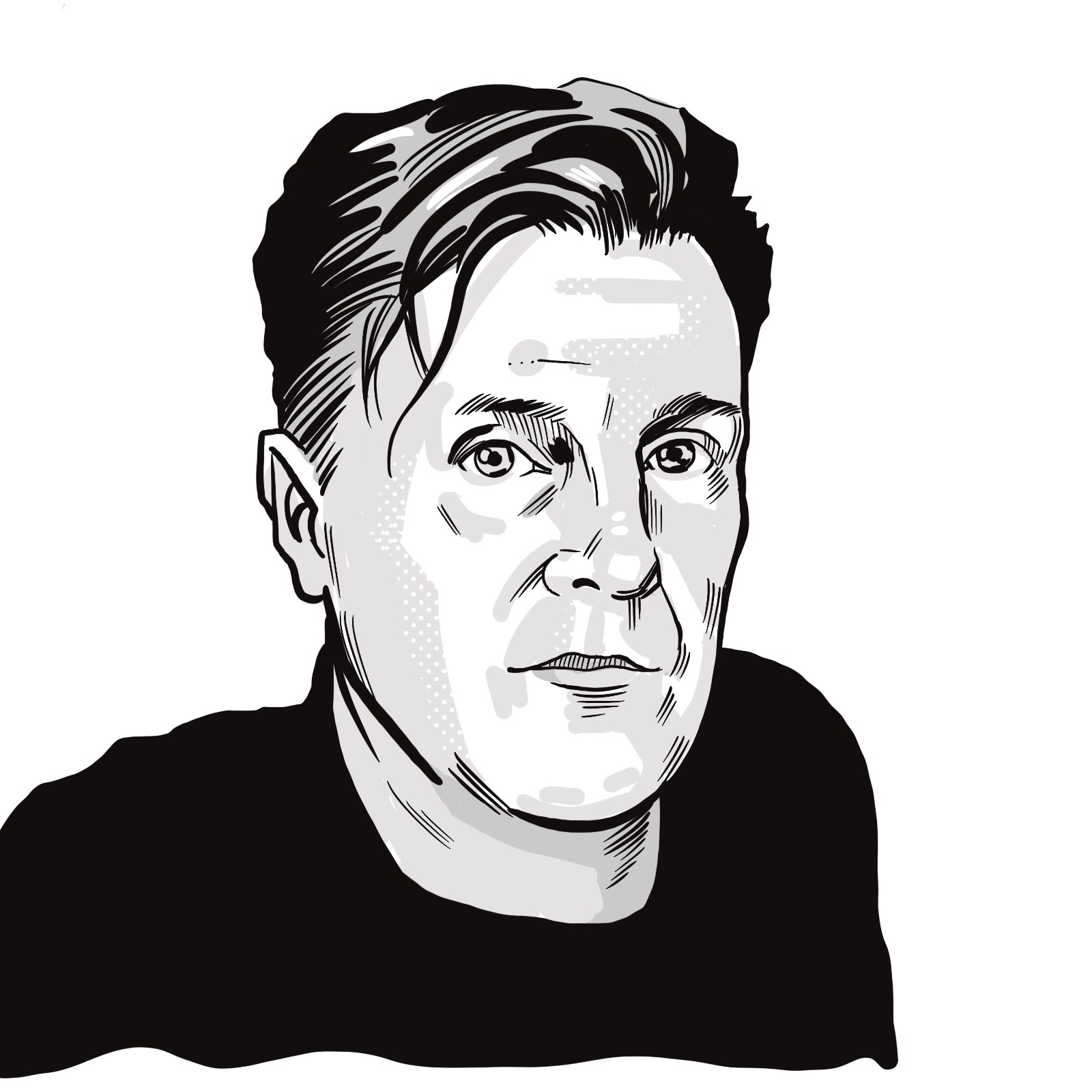
The irony of erasing Banksy
The apartment, including sound pieces she voiced, and The Maybe are some of the more sobering and insightful displays. This is the first time that the museum has dedicated a show to an actor, or performer as Swinton would have it, rather than to one of the auteurs of cinema. And despite her unmistakable qualities and distinctive signature, the show appears to be a bit light on overall vision while possibly leaning a tad heavily on pure star power. But who cares when that star is Tilda Swinton, right?
What’s on display is a kaleidoscope of her collaborations, and she puts a very heavy emphasis on the collaborative part. This is true for the new work, of which there is much, as well as new interpretations of older projects. The one overarching theme of the show, she says, is partnerships and their importance. It’s easy to see why, if those partners include the likes of Jim Jarmusch, Pedro Almodóvar, Apichatpong Weerasethakul and Luca Guadagnino.
She calls herself “a witness to collective work in film-making,” and says that during her many meetings with younger artists she has noticed “a pressure to individualise, a pressure to cut themselves off from the people who got them there.”
During the grand opening, enlivened with a turn by one of her other famous collaborators, Nick Cave, she inevitably attempted to list all the people who had worked on the exhibition. It took more than five minutes, a performance in its own right that few others might have gotten away with.
But collaboration, other than in the grand, immature dreams of some amateurs and wannabes, is a given in the worlds of art and cinema. Even solipsistic writers get edited. Loners making art in their attics eventually at the very least need gallerists or curators. Big film productions and art shows, such as the one in Eye, naturally require immense teams.
Despite the emphasis on collaboration, the show is tightly focused on Swinton and her image. In some instances, this can seem a little airless and thin. But in others, it works brilliantly well to tell a bigger story about her and her background.
The latter is the case with a series of images by Tim Walker, known among other things for his work for Vogue. Taking the portraits of her Scottish aristocrat forebears as an inspiration, the photos blend Swinton’s own familiar and striking image with his surreal, fairytale-like style. It’s a singular achievement and one that is, again, not taken from her rich cinematic oeuvre.
Ferry Biedermann is a journalist based in Amsterdam writing on Europe, the Netherlands and Brexit

